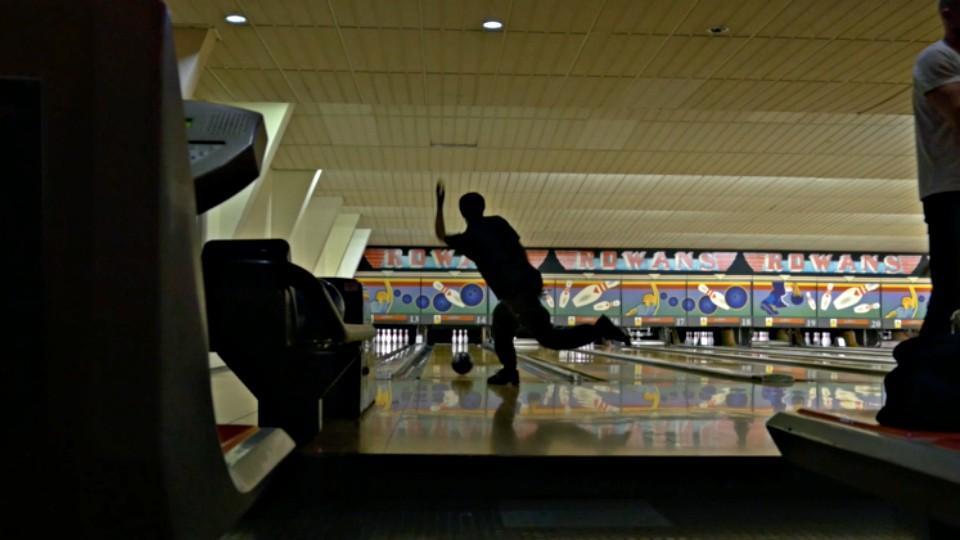Valuing the bowling alley as a multicultural space
Primary page content
A London bowling alley is a lively space which embodies the capital’s fervent multiculturalism, and an academic from Goldsmiths, University of London has been researching the role played by one particular facility in Finsbury Park.

Bowling Together
Emma Jackson, Senior Lecturer in Sociology, has been studying Rowans Tenpin Bowl in Finsbury Park since 2015, funded by the Economic and Social Research Council’s Future Research Leaders scheme. A fulcrum of the local community, the alley has been threatened with demolition but has been challenged by a petition from local people.
I spoke to her as her article about Rowans and its regulars, Valuing the bowling alley: Contestations over the preservation of spaces of everyday urban multiculture in London, was published in The Sociological Review on 27 April.
Chris Smith: Why did you choose to focus on a bowling alley as the subject of your research?
Emma Jackson: A lot of urban research approaches urban change through a focus on particular neighbourhoods or changes in housing – this is a very urgent issue. But I thought that starting with a complex place of leisure could also teach us about urban processes, the social life of the city, and how different groups share space.
This particular bowling alley is also in the middle of an area that is earmarked for redevelopment. In 2012, Hackney, Haringey and Islington Councils put forward a plan to demolish the building to increase sightlines to the local park and to build a residential development. A petition to save the bowling alley gained over 4000 signatures. By examining debates about whether the bowling alley will play a part in the areas future, the research taps into a range of debates about urban futures and imaginaries – and who has the right to play in contemporary London.
CS: What is significant about the facility in Finsbury Park?
EJ: The bowling alley sits next to the boundary of three London boroughs in the centre of an area undergoing profound change. It also has a fascinating history. It was built as a tram shed in 1872 and has been home to a cinema, a ballroom – The Beatles played there – a snooker hall and a Bingo hall. It has been a bowling alley since the 1980s and has become a local institution. I first started going there as a customer in the late 1990s and, over the years, have been struck by the incredible range of people who use it. It brings in a diverse crowd in terms of age, social class, ethnicity, dis/ability who use the bowling alley in different ways that overlap. It is an immensely socially rich place.